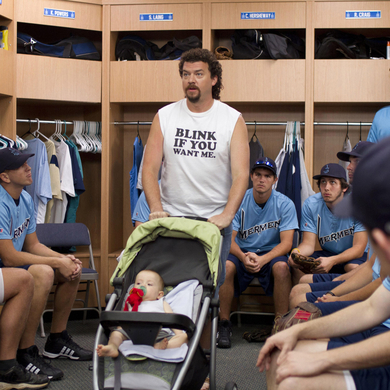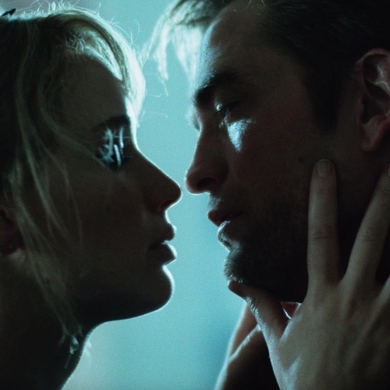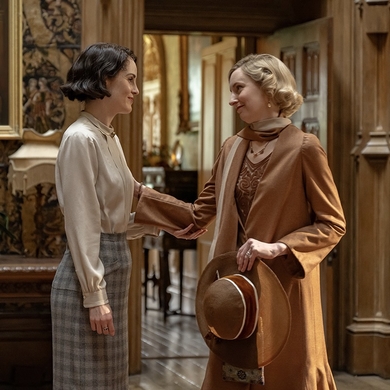In Good Will Hunting, the film’s namesake custodian of janitorial intellect (Matt Damon) studies a “Winslow Homer rip-off” painted by the therapist he’s just met (Robin Williams), and with a South Boston accent like sour lemonade evaluates the work until he strikes a nerve and the therapist grabs him by the throat. That the painting was actually done by Gus Van Sant, the film’s director, is a bit of biographical commentary that can only be understood in the context of Katya Tylevich’s new book on the filmmaker’s life, Gus Van Sant: The Art of Making Movies. In it, the director’s early fondness for painting and his art school roots are used to explain a prodigious career as a director and producer of humble, independent films, as well as movies that masquerade as those but more often than not meet with mainstream success and bountiful awards. Gus Van Sant the meek, starving artist might have you believe it’s all “paint by numbers,” as Robin Williams describes his impressionistic, squall-beset rower, but Gus Van Sant the director deserves to be understood as one of Hollywood’s master hands, equally adept with a film camera, a Polaroid (the book’s casting portraits don’t lie), and … well, a paintbrush. —Nathan King
Arts Intel Report
Gus Van Sant: The Art of Making Movies

Where
Streaming on Laurence King Publishing
Etc
Setting the scene for the barn crashing on a rural highway in Gus Van Sant’s 1991 film “My Own Private Idaho.” Photo: Chel White.



